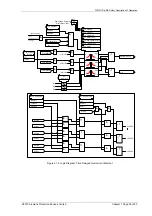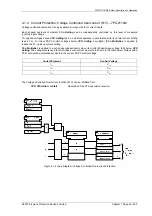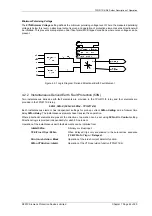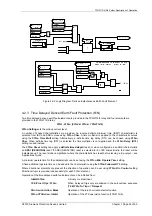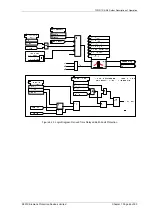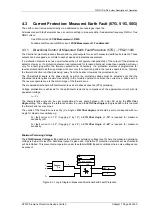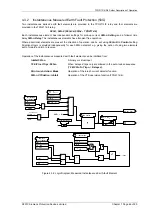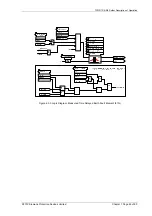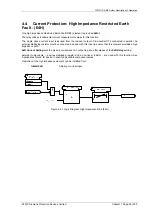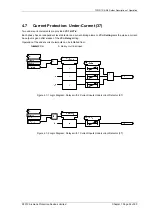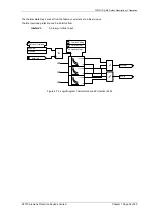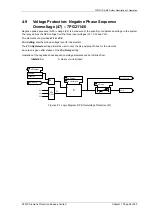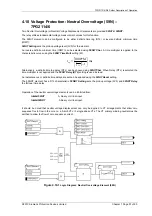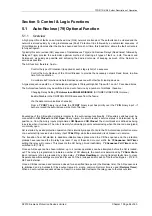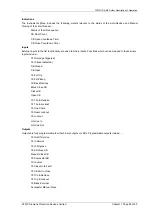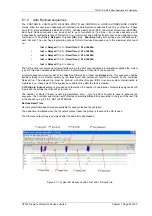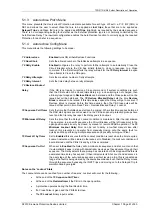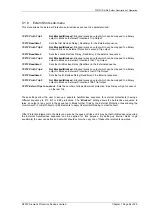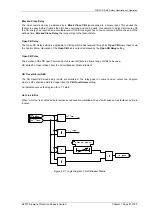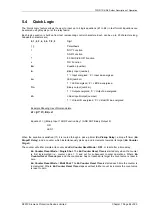
7PG2113/4/5/6 Solkor Description of Operation
4.7.1 Current Protection: Thermal Overload (49)
The relay provides a thermal overload suitable for the protection of static plant. Phase segregated elements are
provided. The temperature of the protected equipment is not measured directly. Instead, thermal overload
conditions are calculated using the measure True RMS current.
Should the current rise above the
49 Overload Setting
for a defined time an output signal will be initiated. The
operating time is a function of thermal time constant
49 Time Constant
and previous current levels.
Operate Time (t):-
(
)
⎭
⎬
⎫
⎩
⎨
⎧
×
−
−
×
=
2
B
2
2
P
2
I
k
I
I
I
t
ln
τ
Where
T = Time in minutes
τ
=
49 Time Constant
setting (minutes)
In = Log Natural
I = measured current
IP = Previous steady state current level
k = Constant
IB = Basic current, typically the same as In
k.IB =
49 Overload
Setting (I
θ
)
Additionally, an alarm can be given if the thermal state of the system exceeds a specified percentage of the
protected equipment’s thermal capacity
49 Capacity Alarm
setting.
For the heating curve:
100%
)
e
(1
I
I
θ
τ
t
2
θ
2
×
−
⋅
=
−
Where:
θ
= thermal state at time t
I = measured thermal current
I
θ
=
49 Overload
setting (or k.IB)
The final steady state thermal condition can be predicted for any steady state value of input current where t >
τ
,
100%
I
I
θ
2
θ
2
F
×
=
Where:
θ
F = final thermal state before disconnection of device
49 Overload Setting
I
θ
is expressed as a multiple of the relay nominal current and is equivalent to the factor k.
IB
as defined in the IEC255-8 thermal operating characteristics. It is the value of current above which 100% of
thermal capacity will be reached after a period of time and it is therefore normally set slightly above the full load
current of the protected device.
©2010 Siemens Protection Devices Limited Chapter 1 Page 53 of 80

